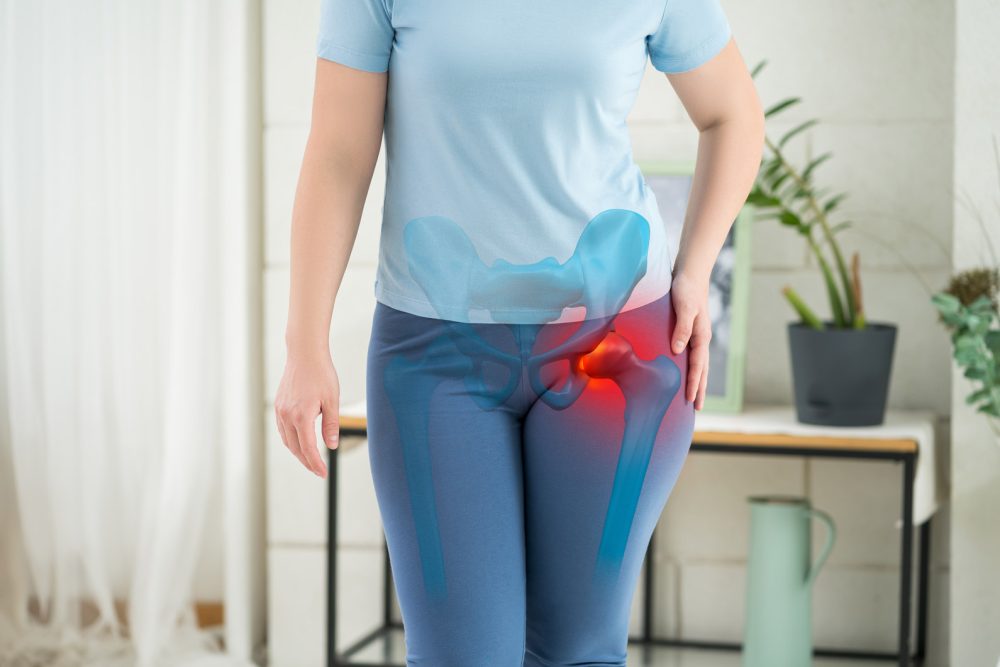Advertisment
A commonly used tool is suboptimal in predicting osteoporosis fracture risk in younger post-menopausal women

The commonly used Fracture Risk Assessment Tool (FRAX), which includes self-identified race and ethnicity information, and the Osteoporosis Self-Assessment Tool (OST), which does not, had suboptimal performance in determining major osteoporotic fracture risk across racial/ethnic categories in younger postmenopausal women. But OST was excellent for identifying who had osteoporosis within each racial/ethnic category.
BACKGROUND
The researchers sought to compare the ability of FRAX and OST to predict fracture risk in post-menopausal women aged 50 to 64 years in each of four racial/ethnic categories: Asian, Black, Latino and white. Both tools are among those recommended by the U.S. Preventive Services Task Force to identify women within the younger age group who should undergo bone mineral density testing. The FRAX calculator requires the user to select one of those four racial/ethnic categories, but their inclusion in clinical risk prediction tools is controversial and the subject of much debate.
METHOD
Between May and August 2022 the researchers examined 10 years of follow-up data from nearly 67,200 younger postmenopausal participants in the Women’s Health Initiative for major osteoporotic fractures of the hip, spine, forearm and shoulder. Of those women, nearly 5,600 experienced a fracture. The researchers assessed a subset of 4,600 participants for bone mineral density.
IMPACT
The U.S. version of FRAX, which requires race/ethnicity information, should not be routinely used to make screening decisions in younger postmenopausal women, the researchers write. Neither OST nor FRAX identified women who had a fracture during the subsequent 10 years. But OST is an excellent tool for identifying women with osteoporosis-level bone mineral density, which puts them at risk for fractures, while FRAX is not.
COMMENT
“Identifying women with osteoporosis by bone density is the goal of screening, because those women are potential candidates for osteoporosis drug therapy,” said Dr. Carolyn Crandall, professor of medicine in the division of general internal medicine and health services research at the David Geffen School of Medicine at UCLA and the study’s lead author. “For that purpose, OST performs better than FRAX, is simpler to use, and doesn’t require the inclusion of race or ethnicity information.”
AUTHORS
Additional authors are Joseph Larson of Fred Hutchinson Cancer Research Center in Seattle, Dr. John Schousboe and Dr. Kristine Ensrud of the University of Minnesota, Dr JoAnn Manson of Harvard University, Dr. Nelson Watts of Mercy Health Osteoporosis and Bone Services in Cincinnati, Ohio, Dr. John Robbins and Rami Nassir UC Davis, Dr. Peter Schnatz of Reading Hospital/Tower Health and Drexel University, Aladdin Shadyab of UC San Diego, Dr. Karen Johnson of the University of Tennessee, and Jane Cauley of the University of Pittsburgh.





